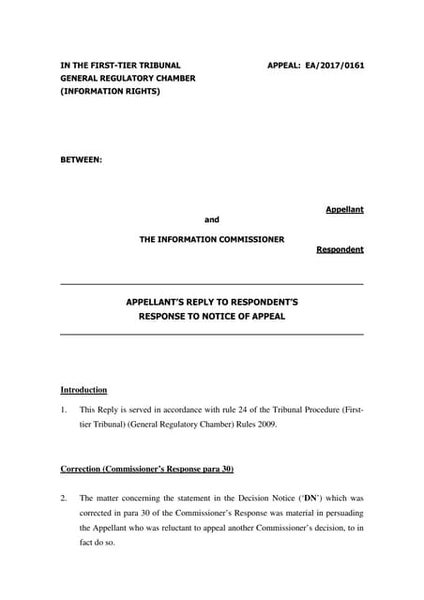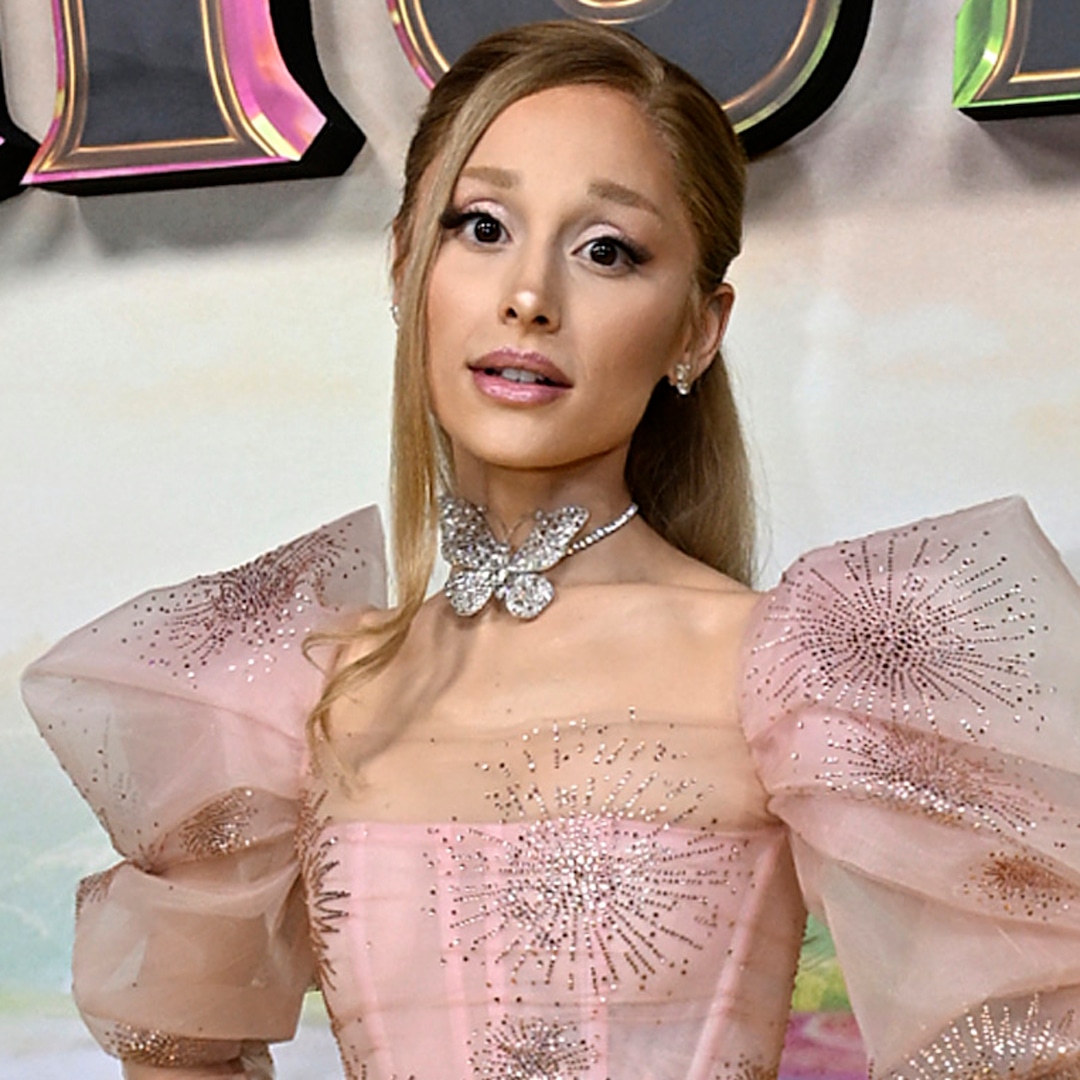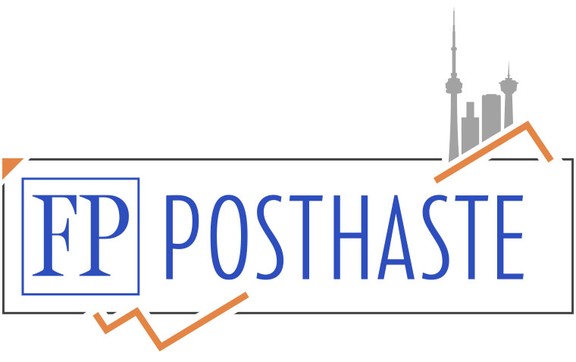The Role Of Human Creativity In The AI Revolution: A Microsoft Perspective

Table of Contents
AI as a Tool for Creative Augmentation
AI is no longer a futuristic concept; it's a powerful tool actively reshaping creative workflows. Its ability to augment human capabilities is revolutionizing how we approach art, design, music, and writing.
Enhancing Human Capabilities
AI significantly enhances human capabilities by automating tedious tasks, freeing up creative professionals to focus on the higher-level aspects of their work. This translates to increased productivity and the exploration of novel ideas previously unimaginable due to time constraints.
- Examples: AI-powered tools like those within Azure Cognitive Services offer powerful image editing capabilities, assisting with tasks like upscaling, noise reduction, and style transfer. In music composition, AI can generate unique melodies and harmonies, acting as a collaborative partner to human composers. Content generation tools can assist writers by suggesting different phrasing, generating outlines, and even crafting initial drafts.
- Microsoft's Role: Microsoft's Azure Cognitive Services offer a suite of AI tools designed to empower creators. These services provide pre-trained APIs for image analysis, natural language processing, and speech recognition, all of which can be integrated into existing creative workflows. This allows artists and designers to leverage the power of AI without needing extensive AI development expertise.
- Benefits: The benefits are multifaceted. Increased productivity allows for the creation of more content in less time. The exploration of novel ideas, enabled by AI-driven suggestions and variations, leads to fresh perspectives and innovative outputs. Furthermore, AI tools can democratize creativity by making sophisticated tools accessible to a wider range of creators, regardless of their technical skill level.
Overcoming Creative Blocks
One of the most significant benefits of AI in creative fields is its ability to help overcome creative blocks. AI can act as a collaborative partner, offering suggestions, generating variations, and sparking new directions when inspiration wanes.
- Examples: AI-driven brainstorming tools can provide a wealth of ideas based on given parameters, helping to break through mental barriers. In design, AI can generate different variations of a logo or website layout, allowing designers to explore various options efficiently. For writers, AI can suggest alternative word choices or even entire paragraphs, helping to refine and improve written content.
- Microsoft's perspective on human-AI collaboration: Microsoft emphasizes the importance of human oversight and ethical considerations in human-AI partnerships. AI should be viewed as a tool to enhance, not replace, human creativity and judgment. The human element remains essential for ensuring the ethical and responsible use of AI in creative endeavors.
- Benefits: The result is enhanced creativity, improved efficiency, and the discovery of new creative solutions that might otherwise have remained unexplored. The collaborative nature of human-AI interaction fosters a more dynamic and innovative creative process.
The Ethical Implications of AI in Creative Fields
The integration of AI into creative workflows also raises significant ethical considerations that require careful attention.
Copyright and Ownership
The use of AI in creative processes brings complexities to intellectual property rights. Determining copyright ownership for AI-generated artwork is a challenging legal question.
- Discussion points: If an AI generates a piece of art, who owns the copyright? Is it the developer of the AI, the user who prompted the AI, or does the AI itself hold some form of ownership? The level of human input in the creative process significantly impacts the answer to this complex question.
- Microsoft's stance: Microsoft actively participates in discussions surrounding AI ethics and copyright, advocating for responsible AI development and deployment. They contribute to the ongoing conversation about establishing clear guidelines and legal frameworks for AI-generated content.
- Potential solutions: Developing robust legal frameworks and industry best practices are crucial to address copyright issues. Transparency in the AI development process and clear attribution of human and AI contributions are also essential for resolving ownership disputes.
Bias and Fairness in AI-generated Content
AI algorithms are trained on vast datasets, and if these datasets reflect existing societal biases, the AI's output will also reflect those biases. This can lead to skewed representation and a lack of diversity in AI-generated creative works.
- Examples: An AI trained primarily on images of one demographic group might struggle to accurately represent individuals from other groups. Similarly, AI-powered natural language processing tools might exhibit biases in language generation, reinforcing harmful stereotypes.
- Mitigation strategies: The key to mitigating bias lies in ensuring the diversity of training data. Careful curation of datasets and the development of fair and unbiased algorithms are crucial steps in reducing algorithmic bias.
- Microsoft's commitment: Microsoft is committed to addressing AI bias and promoting fairness in its AI systems. They invest in research and development efforts aimed at creating more equitable and inclusive AI technologies.
The Future of Work in the Age of AI-Enhanced Creativity
The integration of AI into creative industries will lead to significant changes in the future of work.
New Job Roles and Skills
The rise of AI will not eliminate jobs; rather, it will create new roles that require expertise in both human creativity and AI technologies.
- Examples: We are likely to see the emergence of new job roles such as AI art directors, AI creative technologists, and AI ethics consultants, all requiring a unique blend of artistic and technical skills.
- Skills for the future: Future-proof skills will include critical thinking, problem-solving, adaptability, and human-centered design. The ability to collaborate effectively with AI tools and navigate ethical considerations will be paramount.
- Microsoft's initiatives: Microsoft offers various training programs and initiatives focused on AI skills development, equipping individuals with the necessary skills to thrive in the AI-driven workforce.
The Human Element Remains Essential
Despite the advancements in AI, the human element remains irreplaceable in creative fields. Human emotion, intuition, and critical thinking are fundamental to generating truly innovative and impactful creative work.
- Arguments: AI can augment and enhance human capabilities, but it cannot replace the unique human capacity for empathy, emotional resonance, and original thought.
- Future trends: The future of creative industries will likely involve a symbiotic relationship between humans and AI, where AI tools support and enhance human creativity, rather than replacing it entirely.
- Microsoft's vision: Microsoft envisions a future where AI and human creativity work in tandem, driving innovation and creating a more inclusive and equitable creative landscape.
Conclusion
The AI revolution is not about replacing human creativity; it's about empowering it. As Microsoft's perspective reveals, the synergy between human ingenuity and AI technology promises an era of unprecedented creative possibilities. By carefully navigating ethical considerations and investing in human skill development, we can harness the transformative power of AI to unlock new frontiers of innovation. Embrace the future of creativity—explore how the integration of human creativity and AI can revolutionize your work with Microsoft's AI tools and resources. Learn more about the vital role of human creativity in the AI revolution and how Microsoft is shaping this exciting future.

Featured Posts
-
 Pfc Files Complaint Against Gensol Engineering For Falsified Documents
Apr 27, 2025
Pfc Files Complaint Against Gensol Engineering For Falsified Documents
Apr 27, 2025 -
 Professional Help For Image Overhauls Ariana Grandes Transformation
Apr 27, 2025
Professional Help For Image Overhauls Ariana Grandes Transformation
Apr 27, 2025 -
 Werner Herzogs Bucking Fastard Real Life Sisters To Star
Apr 27, 2025
Werner Herzogs Bucking Fastard Real Life Sisters To Star
Apr 27, 2025 -
 Canadian Auto Industry Faces Job Losses Posthaste Impact Of Trumps Tariff Policy
Apr 27, 2025
Canadian Auto Industry Faces Job Losses Posthaste Impact Of Trumps Tariff Policy
Apr 27, 2025 -
 Celebrity Transformation Ariana Grandes New Hair And Tattoos
Apr 27, 2025
Celebrity Transformation Ariana Grandes New Hair And Tattoos
Apr 27, 2025
